Breathtaking Views of Hearst Castle
|
|
If you thought that castles stopped
being built in the 18th century, you probably haven't heard about Hearst
Castle in California. This American National and California historic
landmark was constructed between 1919 and 1947 for the newspaper magnate
William Randolph Hearst. Following Hearst's death in 1951, the Hearst
Corporation donated the property to the state of California, and since
then it had been maintained as a historic park. Take a look
into one of the most beautiful, antique and majestic estates in the
United States, and one of the only remaining furnished castles in the
world!
|
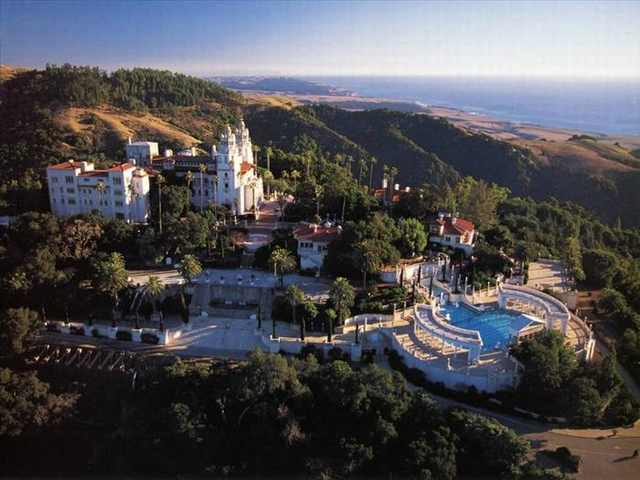 |
| The Hearst Castle was designed by architect Julia Morgan, a well-known architect in the early 20th century known for her epic Californian architecture. Originally, Hearst approached Morgan with the idea of constructing a bungalow. Eventually, Morgan convinced Hearst to construct something a bit bigger, and in a unique Renaissance style that was rare for the period. |
|
|
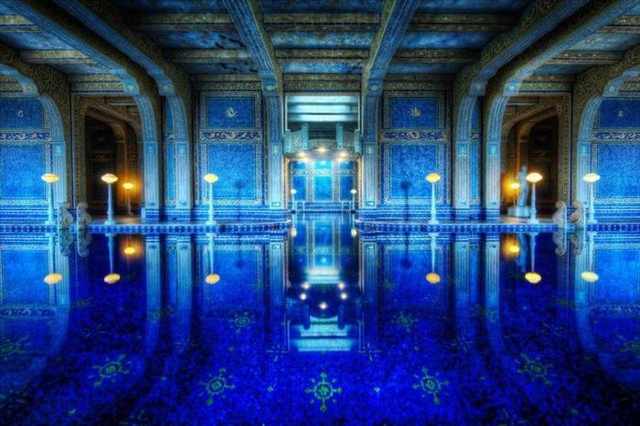 |
|
Hearst
was an infamous collector of art and antiquities and many believe that
he built such a gigantic home in order to house his collection. For
instance, in his private cinema the walls were lined with sleeves of
rare books he had collected. One of the most outstanding indoor pools
built during that time, the Roman Pool was modeled off of a lavish Roman
bath. |
|
|
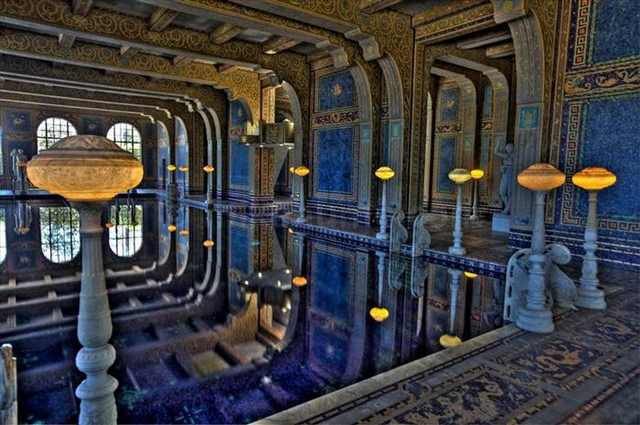 |
|
The
Roman bath is donned with thousands of topaz and gold mosaics that have
been set into place in famously ancient designs. This is only one of
two pools on the estate, and indeed the outdoor pool, also modeled off
of the architecture of ancient Rome and Greece, is one of the most
magnificent in the entire world. |
|
|
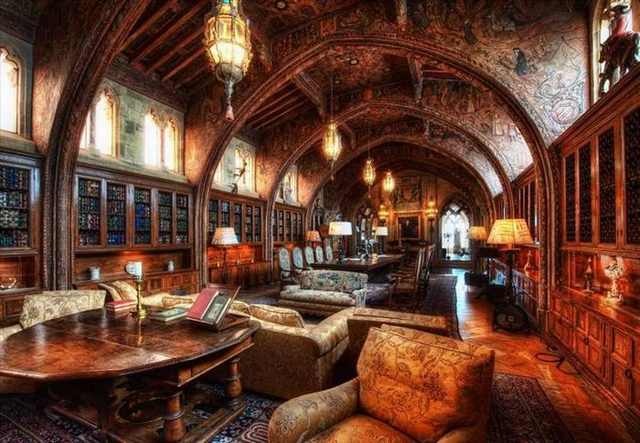 |
|
The
Hearst Castle contains more than 56 bedrooms, 61 bathrooms, 19 sitting
rooms and extends over 127 acres of gardens, indoor and outdoor swimming
pools, tennis courts, a movie theatre an airfield and the world's
largest private zoo. |
|
|
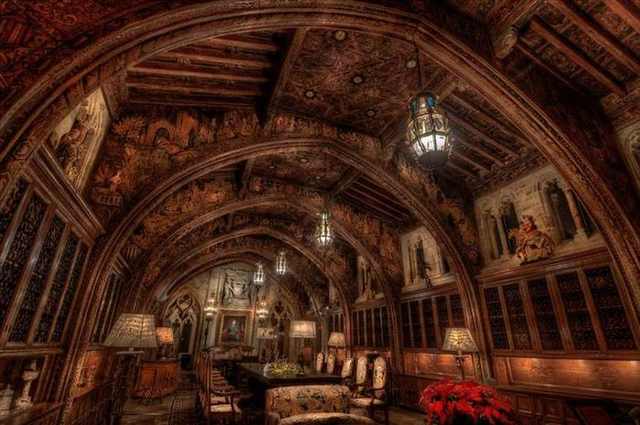 |
|
The Gothic Library. |
|
|
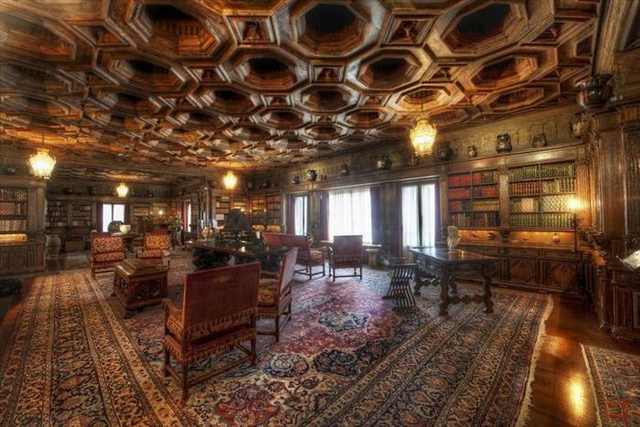 |
|
|
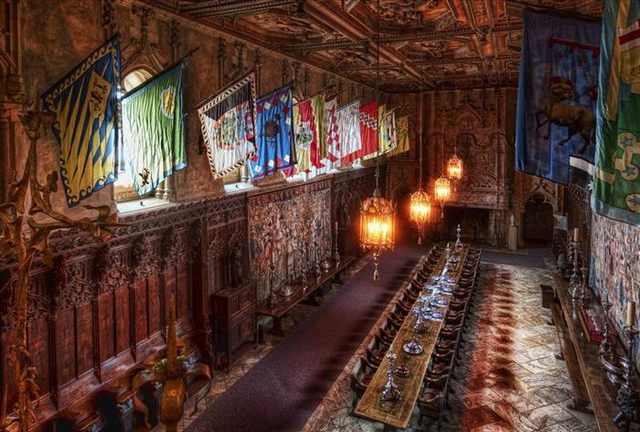 |
|
In
the 1920s and 1930s, invitations to Hearst Castle were highly coveted.
Not only was Hearst and important national figure, owning the largest
newspaper chains of the time, The San Francisco Examiner and The New York Journal. |
|
|
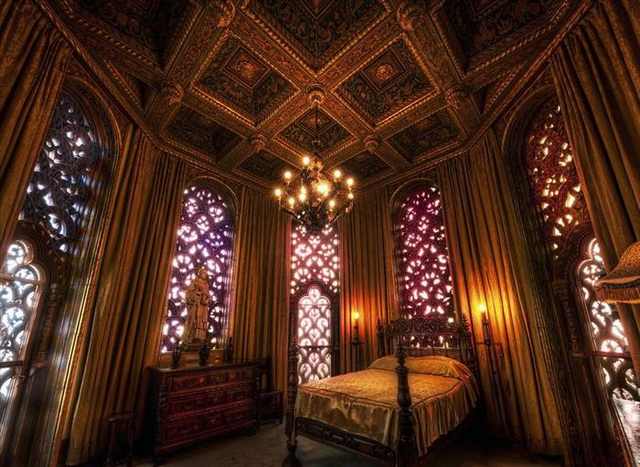 |
|
|
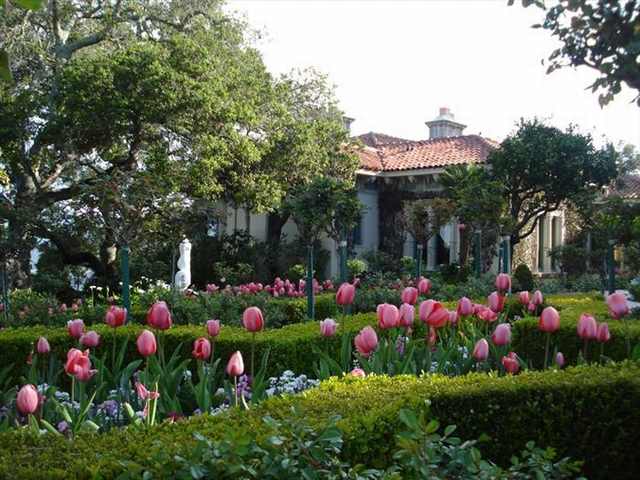 |
|
Many
Hollywood and political figures visited the castle, including Charlie
Chaplin, Cary Grant, Charles Lindbergh, Clark Gable, Calvin Coolidge and
Franklin Roosevelt among others. The guests were expected to attend
formal dinners each evening, and during the day they were left to their
devices on the castle grounds to enjoy the acres of pools and gardens,
as well as the Zebras roaming the property. |
|
|
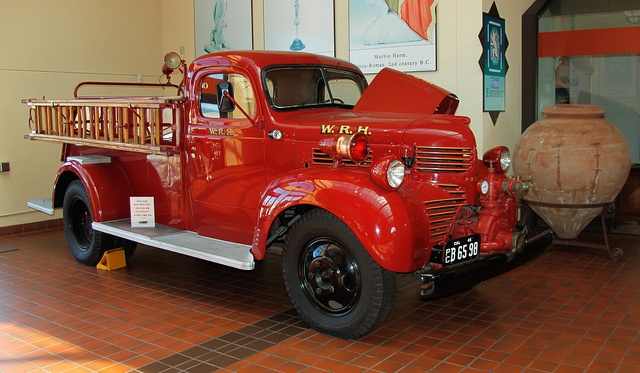 |
|
When
the estate was built, it was equipped with its own police force and
fire department, so that in case of emergency, there was no need to wait
for the state emergency services to show up. There was also a private
power plant that was constructed to to provide the property with
electricity. Indeed, most of the estate's chandeliers have bare light
bulbs because electricity was still new when the castle was built. |
|
|
 |
|
Roman statues at the Neptune Pool, imported directly from Europe. |
|
|
 |
|
|
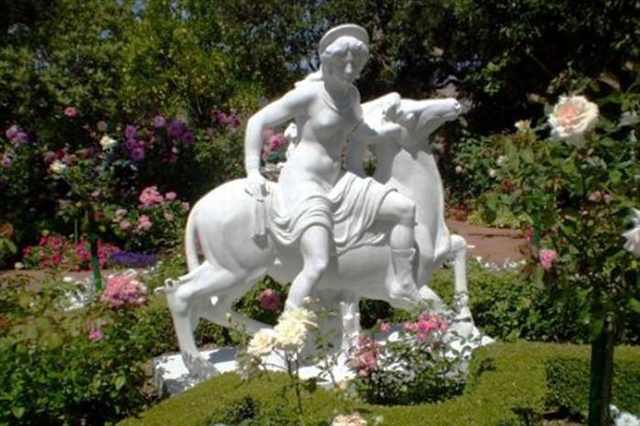 |
|
|
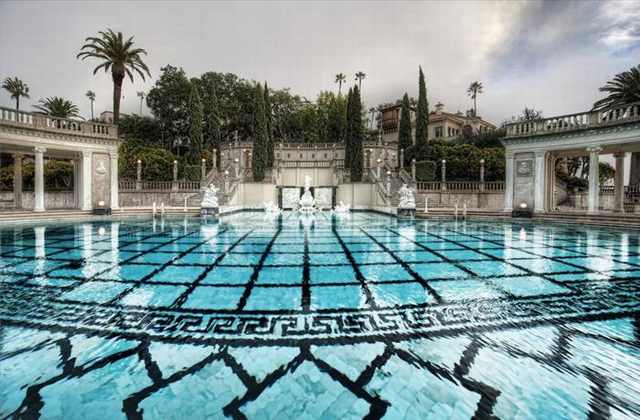 |
|
The
Neptune Pool is the highlight of the estate, offering expansive views
of the mountains, ocean and the main house. The patio of the pool
features an entire ancient Roman temple in front along with many other
ancient statues. |
|
|
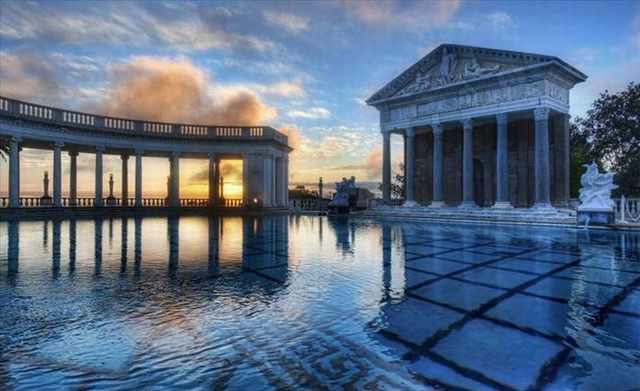 |
|
The
Neptune Pool was rebuilt three times before Hearst was satisfied. As a
result of Hearst's particular taste, he never lived to see the estate
completed and its construction spanned nearly 30 years.
Following
Hearst's passing in 1951, the Hearst Corporation donated the estate to
the state of California on the condition that the remaining Hearst
family would be able to use it whenever they wished. The main estate is
now a museum, but until today the Hearst family continues to use a
certain house on the property as a retreat.
|
|
|
mercredi 13 août 2014
Breathtaking Views of Hearst Castle
Inscription à :
Publier les commentaires (Atom)
Aucun commentaire:
Enregistrer un commentaire